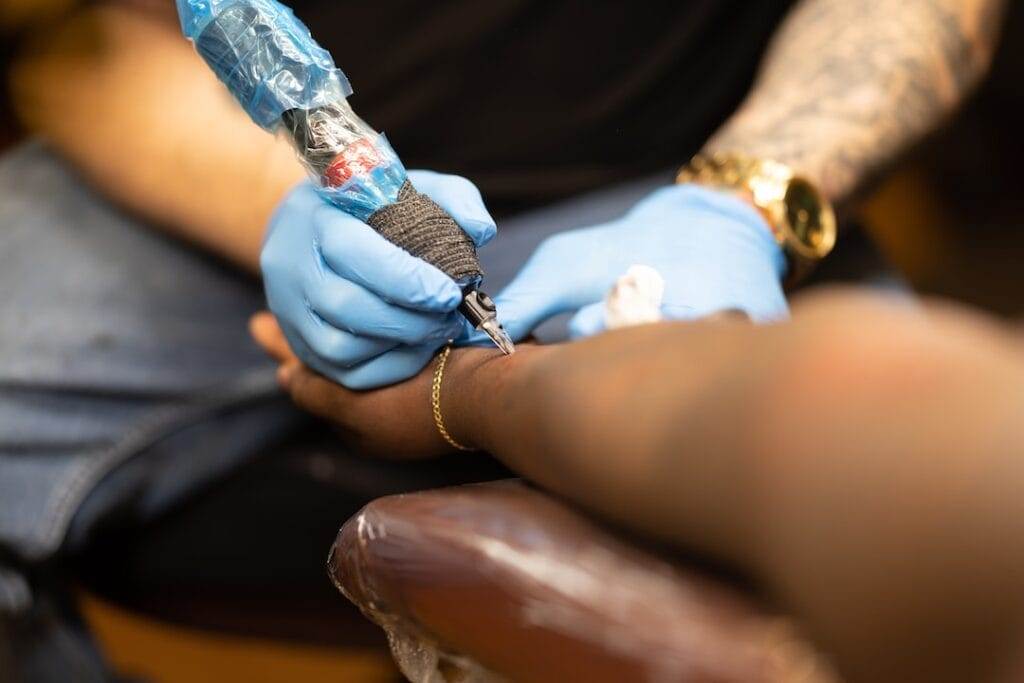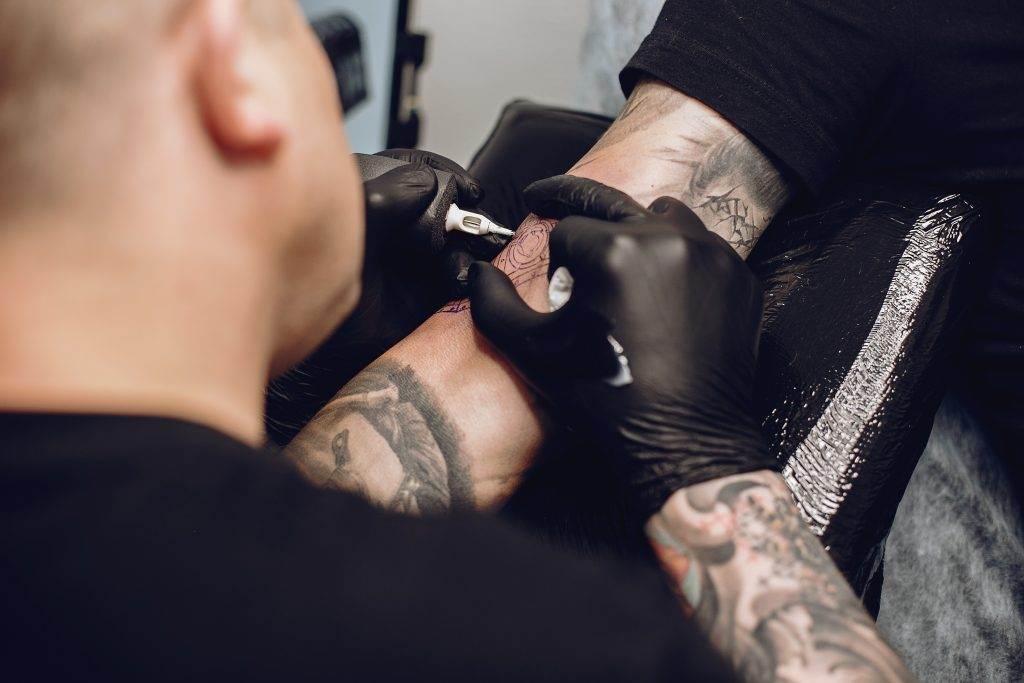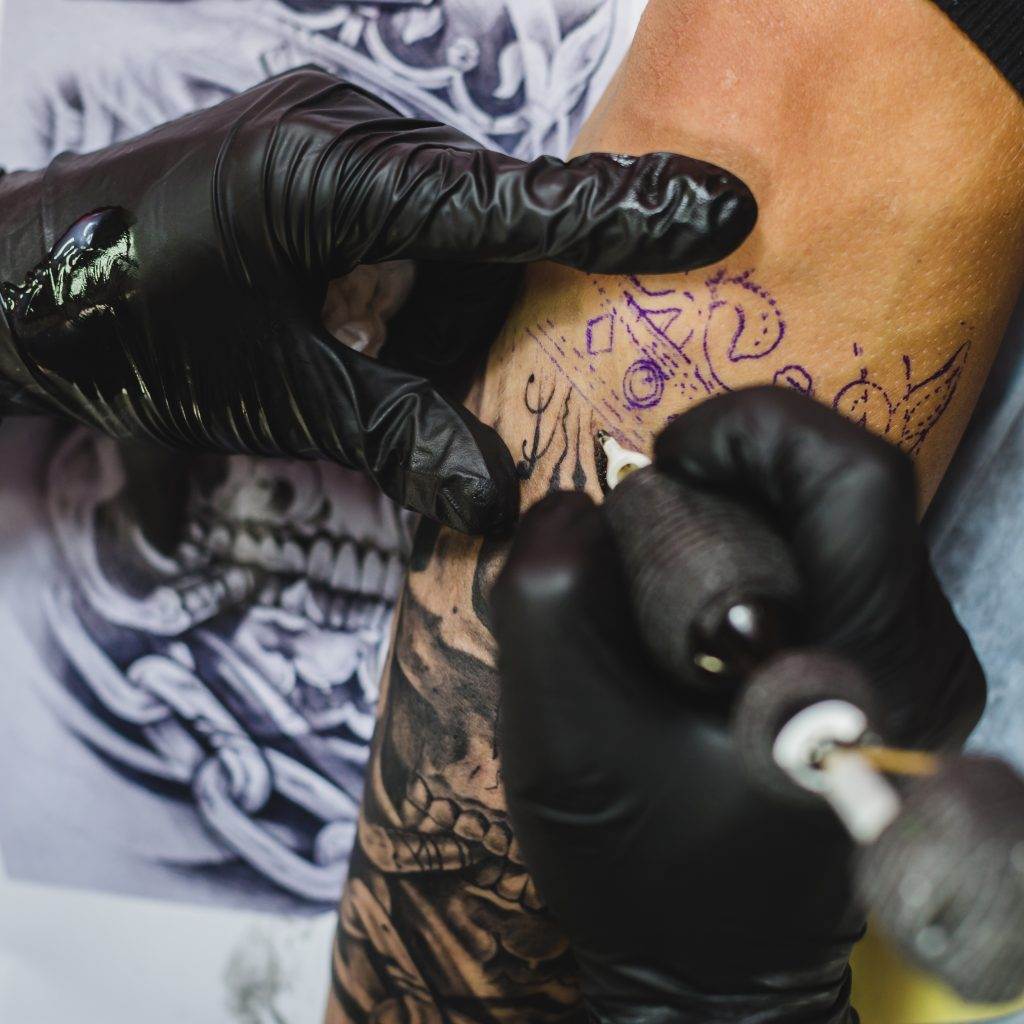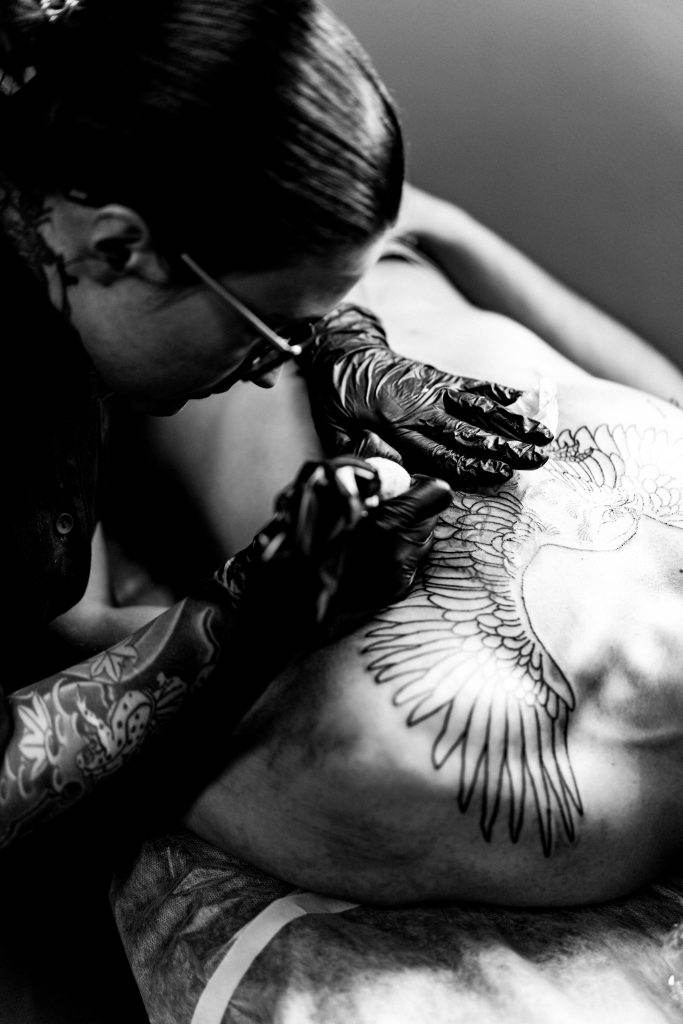Tattooing has been practiced for thousands of years, with evidence of its existence dating back to ancient civilizations such as the Egyptians, Greeks, and Romans. In these early cultures, tattoos were often used to signify social status, religious beliefs, or as a form of protection. Over time, tattooing has evolved from simple designs created with rudimentary tools to intricate works of art created with modern techniques and equipment.
The evolution of tattoo design and techniques can be attributed to a variety of factors. One significant factor is the advancement in tattooing equipment and technology. In the past, tattoos were created using crude tools such as bone needles and natural pigments. Today, tattoo artists have access to high-quality tattoo machines and a wide range of vibrant ink colors.
Another factor that has contributed to the evolution of tattoo design is the changing societal attitudes towards tattoos. In the past, tattoos were often associated with criminal activity or rebellion. However, in recent years, tattoos have become more mainstream and socially acceptable. This shift in perception has allowed tattoo artists to explore more creative and innovative designs.
The Importance of Touch-Ups in Tattoo Artistry
Touch-ups are an essential part of the tattooing process. They involve going over an existing tattoo to enhance its appearance or fix any imperfections that may have occurred during the healing process. Touch-ups are typically done a few weeks after the initial tattooing session, once the skin has fully healed.
One of the main reasons why touch-ups are important in tattoo artistry is that they help to ensure that the tattoo lasts for a long time. Over time, tattoos can fade or become dull due to exposure to sunlight, aging, or improper aftercare. Touch-ups can help to refresh the colors and lines of a tattoo, making it look vibrant and new again.
Additionally, touch-ups are crucial for maintaining the integrity of the original design. During the healing process, it is common for tattoos to develop minor imperfections such as uneven color distribution or patchy areas. Touch-ups can correct these issues and ensure that the tattoo looks as intended.
The Benefits of Touch-Ups for Tattoo Clients
For tattoo clients, there are several benefits to getting touch-ups on their tattoos. One of the main benefits is that touch-ups can help to ensure that the tattoo lasts for a longer period of time. By refreshing the colors and lines of the tattoo, touch-ups can help to prevent fading and keep the tattoo looking vibrant for years to come.
Another benefit of touch-ups is that they can help to maintain the vibrancy of the tattoo. Over time, tattoos can lose their brightness and become dull. Touch-ups can bring back the original vibrancy of the tattoo, making it stand out and catch people’s attention.
Furthermore, touch-ups can fix minor imperfections that may have occurred during the healing process or over time. These imperfections can include uneven color distribution, patchy areas, or small mistakes in the design. Touch-ups allow tattoo artists to correct these issues and ensure that the tattoo looks as intended.
The Role of Touch-Ups in Correcting Tattoo Mistakes
Even the most skilled tattoo artists can make mistakes. Common tattoo mistakes include uneven lines, misspelled words, or incorrect proportions. While these mistakes can be disheartening for both the client and the artist, touch-ups offer a solution to correct them.
Touch-ups can be used to fix uneven lines by going over them with a fresh layer of ink. This helps to create a smoother and more even appearance. Similarly, if a word is misspelled in a tattoo, touch-ups can be used to cover up or modify the mistake.
In some cases, touch-ups may require more extensive work to correct larger mistakes or design flaws. This may involve adding additional elements to the tattoo or reworking certain areas to create a more balanced and cohesive design. While these touch-ups may require more time and effort, they can ultimately result in a tattoo that the client is happy with.
The Science Behind Tattoo Ink and Touch-Ups
To understand the role of touch-ups in tattooing, it is important to understand how tattoo ink works. Tattoo ink is made up of pigments that are suspended in a carrier solution. When the tattoo needle punctures the skin, the ink is deposited into the dermis, the second layer of skin.
Over time, the body’s immune system recognizes the foreign ink particles and attempts to remove them. This process can cause some of the ink to be expelled from the body, resulting in fading or dulling of the tattoo. Additionally, exposure to sunlight and aging can also contribute to the fading of tattoos.
Touch-ups can help to combat these issues by reintroducing fresh ink into the skin. By going over the existing tattoo, tattoo artists can replenish the ink that has been lost or faded over time. This helps to restore the vibrancy of the tattoo and ensure that it lasts for a longer period of time.

The Different Techniques Used in Touch-Up Tattooing
There are several techniques that tattoo artists use when performing touch-ups on tattoos. These techniques can vary depending on the specific needs of the tattoo and the preferences of the artist.
One traditional touch-up technique involves using a single needle to go over specific areas of the tattoo that need additional work. This technique allows for precise control and can be used to fix small imperfections or add fine details to the design.
Another technique that is commonly used in touch-up tattooing is shading. Shading involves using different shades of ink to create depth and dimension in a tattoo. Touch-ups can be used to enhance or refine the shading in a tattoo, making it look more realistic and three-dimensional.
In recent years, modern touch-up techniques have also emerged. These techniques often involve the use of specialized equipment such as rotary machines or digital tattoo machines. These machines allow for more precise control and can be used to create intricate designs or fix more complex issues.
The Factors That Affect Touch-Up Tattooing
Several factors can affect the success of touch-up tattooing. One of the main factors is the type of skin that the tattoo is on. Different skin types have different levels of elasticity and healing capabilities, which can affect how well the touch-up ink is absorbed into the skin.
The location of the tattoo can also impact the success of touch-up tattooing. Areas of the body that are exposed to a lot of movement or friction, such as the hands or feet, may require more frequent touch-ups to maintain the appearance of the tattoo.
Additionally, the age of the tattoo can also affect how well touch-ups are received. Older tattoos may have more scar tissue or damaged skin, which can make it more difficult for the ink to be absorbed. In these cases, multiple touch-up sessions may be required to achieve the desired results.
The Cost of Touch-Up Tattooing and How to Budget for It
The cost of touch-up tattooing can vary depending on several factors, including the size and complexity of the tattoo, the skill level of the artist, and the location of the tattoo studio. In general, touch-ups are less expensive than getting a new tattoo but can still range from $50 to several hundred dollars.
To budget for touch-ups, it is important to consider both the initial cost of getting a tattoo and the ongoing cost of maintaining it. When getting a new tattoo, it is a good idea to set aside some money for future touch-ups. Additionally, it is important to factor in regular aftercare and maintenance costs, such as purchasing sunscreen or moisturizers specifically designed for tattoos.
The Future of Touch-Up Tattooing: Advancements in Ink Technology

As technology continues to advance, so does the field of tattooing. In recent years, there have been several advancements in ink technology that have the potential to revolutionize touch-up tattooing.
One such advancement is the development of long-lasting inks. These inks are designed to resist fading and maintain their vibrancy for a longer period of time. This means that touch-ups may be required less frequently, saving clients time and money.
Another advancement in ink technology is the development of self-healing inks. These inks contain special properties that allow them to repair themselves when they become damaged or faded. This means that touch-ups may not be necessary at all, as the ink can repair itself over time.
Additionally, there have been advancements in ink removal techniques that can be used during touch-up sessions. These techniques allow tattoo artists to remove or lighten existing ink before applying fresh ink. This can be particularly useful for correcting mistakes or modifying existing tattoos.
Embracing the Power of Touch-Ups in Tattoo Design
In conclusion, touch-ups play a crucial role in the world of tattoo artistry. They help to ensure that tattoos last for a longer period of time, maintain their vibrancy, and fix any minor imperfections that may have occurred during the healing process. Touch-ups also offer a solution for correcting mistakes or modifying existing tattoos.
As advancements in ink technology continue to emerge, the future of touch-up tattooing looks promising. New inks that resist fading and self-heal have the potential to revolutionize the industry and reduce the need for frequent touch-ups.
Overall, it is important for both tattoo artists and clients to embrace the power of touch-ups in tattoo design. By recognizing their importance and investing in regular touch-up sessions, clients can ensure that their tattoos remain vibrant and beautiful for years to come.



